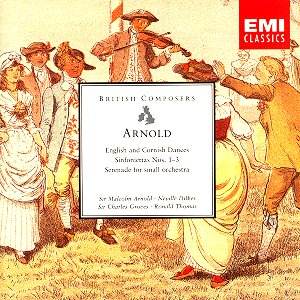 Composer: Dietrich Buxtehude
Composer: Dietrich Buxtehude
Works: Das neugeborne Kindelein, Der Herr ist mit mir, Fürwahr, er trug unsere Krankheit, Alles, was ihr tut, Magnificat anima mea
Performers: Johann Reuter (bass), Copenhagen Royal Chapel Choir, Dufay Collective, Ebbe Monk (conductor)
Recording: 12-14 June 2000, Vejle Kirke, Ishøj, Denmark
Label: DACAPO 8.224160
The name Dietrich Buxtehude, while perhaps not as universally recognized as his contemporary Johann Sebastian Bach, occupies a significant place in the canon of Baroque music. Buxtehude’s vocal works, though not his primary focus, reveal a composer deeply engaged with the expressive potential of text and melody, often bridging the Lutheran chorale tradition with emerging Baroque aesthetics. The second volume of Buxtehude’s vocal music from DaCapo presents a selection that highlights both his compositional skill and the interpretative finesse of the performers involved.
The Copenhagen Royal Chapel Choir, under the baton of Ebbe Monk, delivers a performance characterized by a remarkable clarity and cohesion. The ensemble’s intonation is consistently precise, and their ability to navigate the intricate counterpoint of Buxtehude’s writing is commendable. The use of original instruments by the Dufay Collective further enhances the authenticity of the sound, providing a warm yet transparent orchestral backdrop that allows the vocal lines to shine through without overshadowing them. This balance is particularly evident in the “Magnificat,” which showcases a vibrant interplay between solo and choral passages. The work’s contrasts, from the jubilant opening to the contemplative ‘Et exultavit,’ are delineated with a keen sense of dynamics, ensuring that the listener is drawn into the emotional landscape of the piece.
Among the selections, “Fürwahr, er trug unsere Krankheit” emerges as a standout. The opening sinfonia captivates with its shifting dynamics and rhythmic vitality, setting the stage for the subsequent vocal lines, which express a profound emotional depth despite the brevity of the text. Johann Reuter’s bass solo is particularly noteworthy; his rich tone and expressive phrasing bring a gravitas to the text that resonates deeply. The imaginative vocal writing, replete with varied textures and adept use of counterpoint, allows for moments of individual brilliance from the choir members, adding layers of interest to the performance.
The sound quality of the recording itself is commendable, capturing the resonant acoustics of Vejle Kirke while maintaining clarity across the various vocal and instrumental lines. However, the documentation provided in the booklet, though authoritative in its notes and translations, suffers from thin paper that somewhat detracts from its overall presentation. This minor flaw does not overshadow the significance of the recordings.
Buxtehude’s vocal music, while perhaps lacking the immediate memorability of Bach’s choral works, possesses a distinct charm and sophistication that deserves greater recognition. This album, with its high standards of performance and thoughtful interpretations, contributes meaningfully to Buxtehude’s growing discography. It serves as a compelling reminder of the richness of his output and the emotional depth that can be found within. The collection is not only a valuable addition for aficionados of Baroque music but also a necessary exploration for those seeking to understand the evolution of vocal music in the late 17th century. The artistry of the performers and the quality of the recording enhance the listening experience, affirming Buxtehude’s place in the pantheon of Baroque composers.


